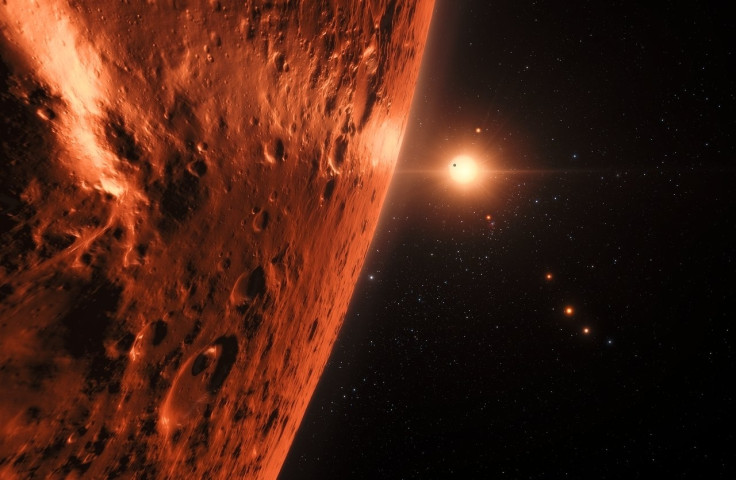Other star systems may host more than one habitable planets with alien life, study claims
Study suggests Jupiter may have impacted our solar system's habitability.
As the quest for alien life continues, a new study suggests that other solar systems could have a larger number of Earth-like planets that could be home to alien life. The new findings claim that unlike our star system, other parts of the universe may have more than one planet with conditions suitable for intelligent life.
The study was led by UC Riverside astrobiologist Stephen Kane and it was published in Astronomical Journal.
As per the news statement, Kane and his team had been studying Trappist-1, a nearby solar system that is located 39.6 light years. It is said that it hosts three Earth-like planets in its "habitable zone." Habitable Zone, also known as Goldilocks Zone, is a range of orbit around the star in which planet surface can support liquid water, an important condition for alien life to sustain.
Kane's team crafted a model to find out the maximum number of habitable planets that can possibly exist in a star system.
"This made me wonder about the maximum number of habitable planets it's possible for a star to have, and why our star only has one," Kane said in a statement. "It didn't seem fair!"
The system simulated planets of various sizes orbiting their stars. It accounted for the way these planets interact with each other as they orbit around their stars. It was found out that some stars can support as many as seven in their solar system. Additionally, it was discovered that a star like our sun can potentially support six planets with liquid water.
"More than seven, and the planets become too close to each other and destabilise each other's orbits," Kane said.
The research also looked into why our solar system has only one habitable planet despite its potential for supporting six. It appears the problem lies in the way the planets of our system move around the sun. The planets of our system orbit in an oval shape. It is suggested regular or circular movement minimises close contact and provide stable orbits. Also, Kane's study suggest that Jupiter may have impacted our system's habitability.
It has a big effect on the habitability of our solar system because it's massive and disturbs other orbits," Kane said.
While there are only a few systems that are known to have more than one planet in their habitable zone, Kane is planning to investigate "stars surrounded entirely by smaller planets." Furthermore, future studies are expected to involve creation of new models that will enable them to study the atmospheric chemistry of habitable-zone planets.

"Although we know Earth has been habitable for most of its history, many questions remain regarding how these favorable conditions evolved with time, and the specific drivers behind those changes," Kane concludes "By measuring the properties of exoplanets whose evolutionary pathways may be similar to our own, we gain a preview into the past and future of this planet — and what we must do to main its habitability."
© Copyright IBTimes 2025. All rights reserved.





















